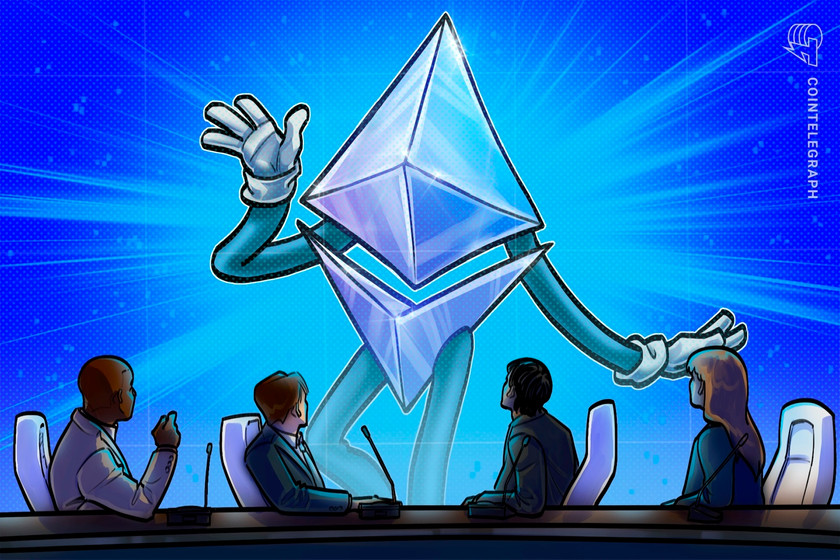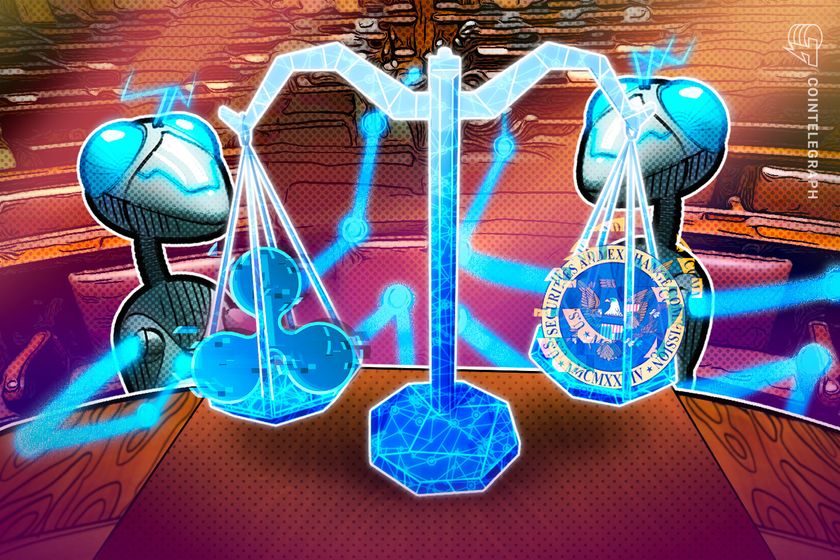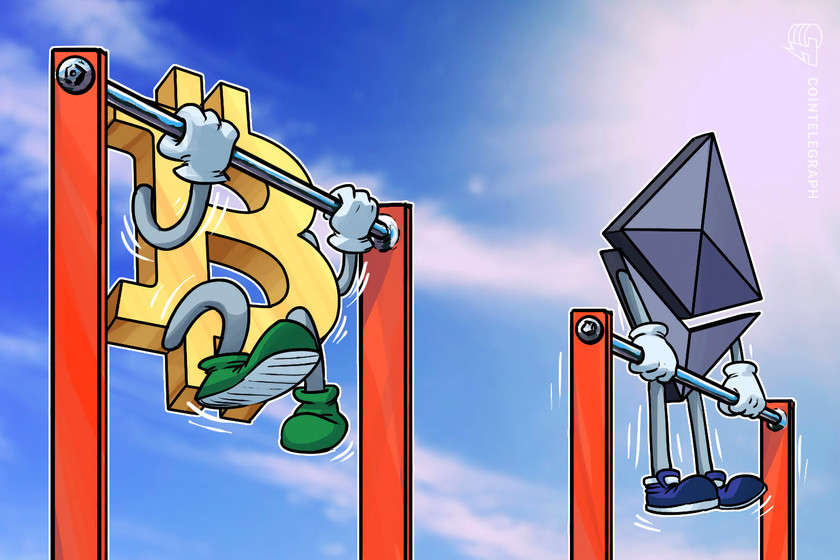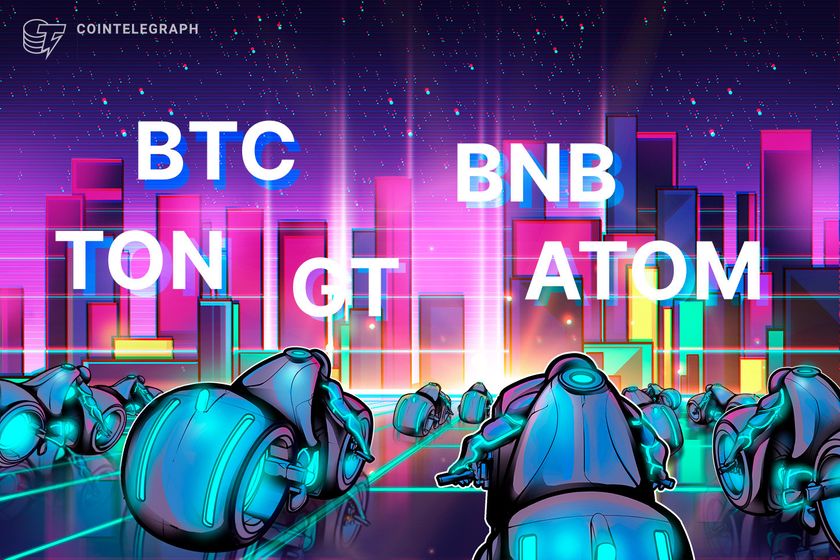Are high fees killing some types of DApps? Cartesi explains on Hashing It Out
Erick de Moura argues that on blockchain networks with high fees, some types of decentralized applications don’t survive because users are only willing to part with cash for a few specific kinds.

As the race between Ethereum layer-2 networks heats up, users are left with questions about each network’s unique nature, use cases and plan for attracting more users to Web3. In Episode 36 of Hashing It Out, Elisha Owusu Akyaw (GhCryptoGuy) discusses app-specific rollup protocols with Cartesi co-founders Colin Steil and Erick de Moura.
The Cartesi team explains that they built the network to address the limitations of computational scalability and programmability in a way that allows developers to create exclusive rollup chains for their applications. They claim that unique utility is the answer to scalability issues experienced during peak periods.
De Moura expands on the utility of app-specific rollups and why they are important in dealing with scalability issues. He explains that when you have several apps competing for block space and multiple users trying to get the transactions into the sequencer or the blockchain, the fees tend to skyrocket and become unpredictable at some point because all applications and users are sharing the same rollup or block space.
He further explains that this scalability issue makes gaining and retaining users difficult for some applications. This is because users are only willing to pay expensive amounts of fees for specific applications. De Moura uses games as examples of applications that should not be deployed in such environments since most of the functionalities happen off-chain, and only the game economy runs on-chain.
On the issue of multiple layer-2 networks on the Ethereum blockchain, the Cartesi team believes there are more protocols than the world needs. They argue that this will only be the case for a short time, as specific protocols will create network effects, and the masses will migrate to such networks.
Magazine: AI Eye: Get better results being nice to ChatGPT, AI fake child porn debate, Amazon’s AI reviews
Listen to the full episode of Hashing It Out, on Spotify or Apple Podcasts. You can also check out Cointelegraph’s full catalog of informative podcasts on the Cointelegraph Podcasts page.
This article does not contain investment advice or recommendations. Every investment and trading move involves risk, and readers should conduct their own research when making a decision.









